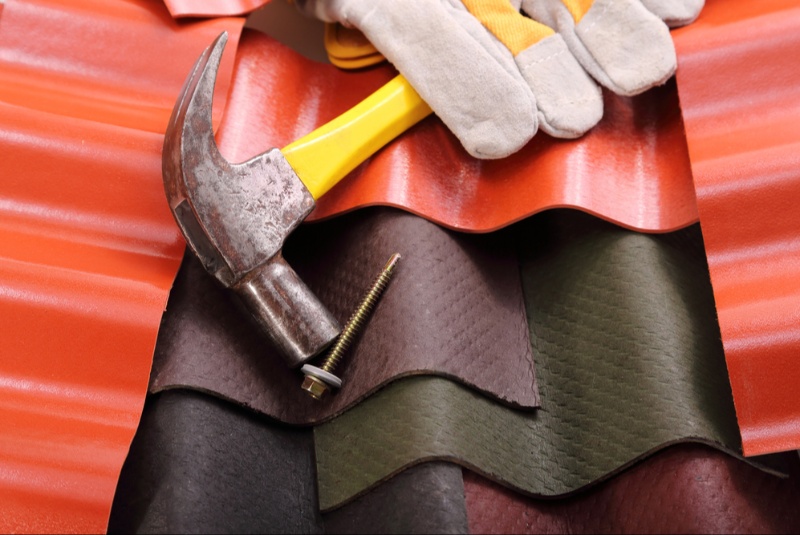Roofing can be one of the more expensive home repair or improvement projects homeowners face. While it's essential to ensure your roof is durable and well-installed, the price tag can often be daunting. But fear not! With some careful planning and savvy shopping, you can save significantly on roofing materials without compromising on quality. Here are some effective strategies to help you keep costs down:
- Research and Understand Your Needs: Before you even begin shopping, understand what type of roofing material is best suited for your home's architecture and your local climate. While asphalt shingles might be the most affordable option initially, metal roofing could offer more longevity and better energy efficiency, saving you money in the long run. By understanding your long-term needs, you can make informed choices.
- Buy in Bulk: If you're certain about the amount and type of material needed, consider buying in bulk. Suppliers often give discounts for large orders. This approach is particularly beneficial if you're a contractor or if you're teaming up with neighbors for a community roofing project.
- Shop Around: Don’t settle for the first price you get. Prices for roofing materials can vary greatly between suppliers. It's worth the effort to get quotes from multiple vendors and compare. Also, look out for seasonal sales or promotional deals, especially during off-peak roofing seasons.
- Opt for Overstock or Discontinued Lines: Some suppliers might have overstocked items or materials from a discontinued line at reduced prices. These can be a gold mine of savings! Just ensure that you're not compromising on quality or the material's suitability for your needs.
- Check for Salvaged Materials: Depending on your aesthetic preferences and the style of your home, salvaged roofing materials like tiles or slates can offer both character and cost savings. Reclaimed materials are often less expensive than new ones, and they can be equally durable if they've been well-preserved.

Shutterstock ADVERTISEMENT - Go Green: Green roofing materials, such as cool or reflective roofing, can initially cost more than conventional materials. However, they can lead to significant savings on energy bills by reflecting more sunlight and absorbing less heat. Local incentives or rebates might also be available for green roofing initiatives, helping offset the upfront costs.
- DIY with Caution: While taking on a roofing project yourself can save on labor costs, it’s essential to be realistic about your skills and knowledge. A poorly done roofing job can lead to more expensive repairs down the road. If you do decide to DIY, ensure you're well-informed, have the necessary tools, and perhaps consider roping in a knowledgeable friend or two.
- Invest in Quality Underlayment: This might seem counterintuitive when you’re trying to save money, but investing in a good quality underlayment can increase the lifespan of your roofing materials. This can prevent frequent replacements or repairs, leading to long-term savings.
- Negotiate: Whether you’re working with a contractor or directly with a supplier, there’s often room for negotiation. If you’re sourcing materials for a large project, or if you’re a repeat customer, you might be in a good position to negotiate for better prices or added perks.
- Plan Ahead: Prices for raw materials can fluctuate based on various factors, including demand, natural disasters, or geopolitical events. If you anticipate needing a new roof in a couple of years, it might be worth monitoring material costs and buying when prices dip.
While roofing can be an expensive endeavor, a strategic approach can lead to substantial savings. By researching, planning ahead, and being a savvy shopper, homeowners can get the best value for their money without compromising the integrity of their roof. Remember, the goal isn't just to find the cheapest materials but to identify where value and longevity intersect with cost-effectiveness.




